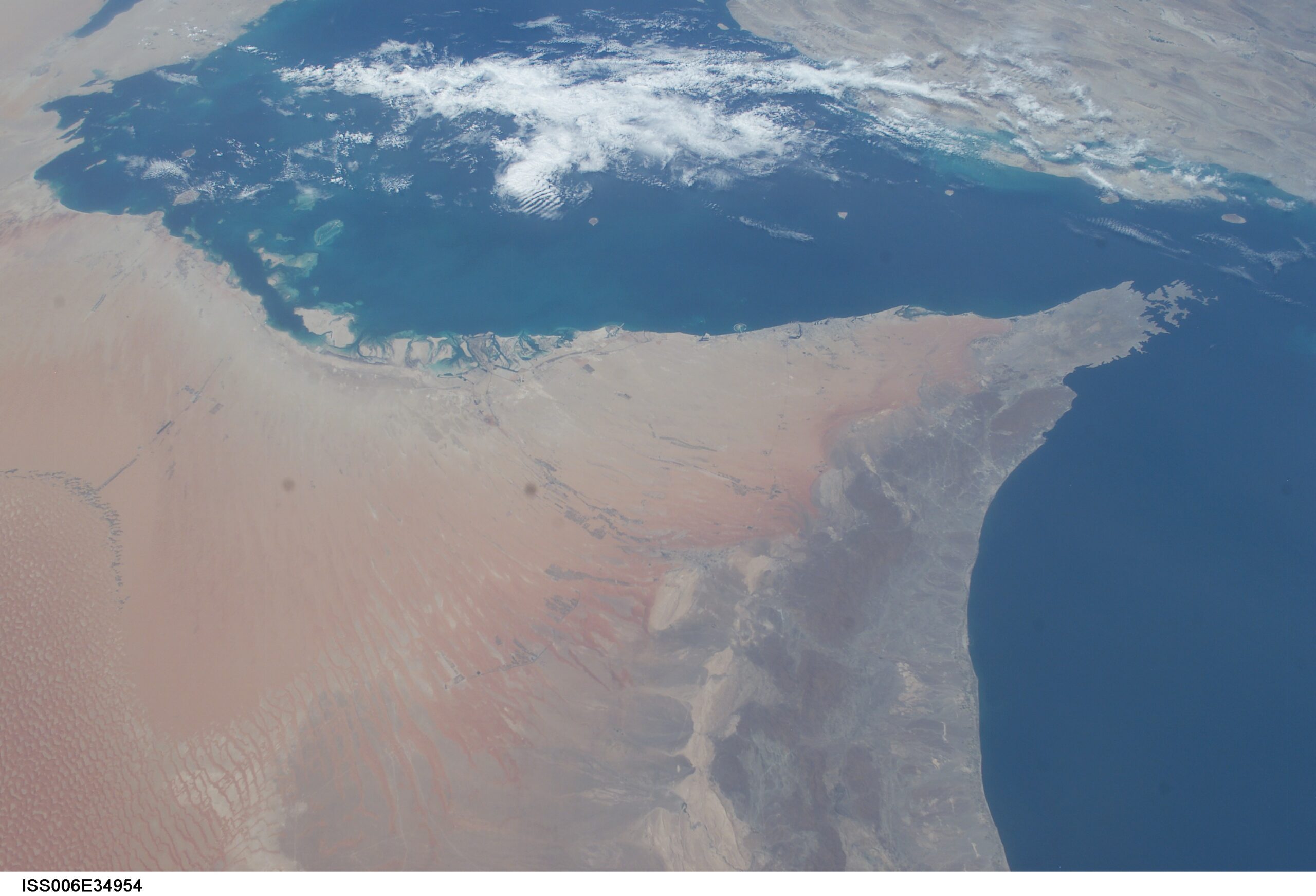The journal provides articles on the United Arab Emirates’ foreign policy approach to regional conflicts, partners in the Gulf, and the US-China rivalry.
Despite its relatively small size, the United Arab Emirates (UAE) has become a key player in the ever-shifting Middle East—and its role appears to be expanding even further. The Gulf state is increasingly diversifying its partnerships to strengthen its sovereignty and boost its economic and political standing. Unsurprisingly, this rise in activity has brought watchful eyes and concerns about Abu Dhabi’s government.
In the last few weeks, the UAE has made headlines across the globe through its foreign-policy outreach. Satellite imagery from the International Institute of Strategic Studies (IISS) from July 10 revealed that China and the UAE began their second joint military exercise in the Xinjiang province, which included a number of Western-made aircraft. Their presence sparked concerns that, through the UAE, China may have access to advanced Western military technology; in a blog post, the IISS noted that this was a “stark way of underscoring to Washington the UAE’s level of independence” and a move few other countries have made.
Closer to home, the UAE has maintained a critical role in the negotiations on the Gaza war—including a recent secret meeting between Abu Dhabi, Washington, and Jerusalem. The state has taken an active and vocal role not only in ceasefire negotiations, but also the potential governance of the enclave following the war’s end.
Further south, evidence has also pointed to the Emirates’ potentially significant role in the ongoing Sudanese civil war. Passports discovered on the ground support existing accusations that Abu Dhabi has been linked to the rebel Rapid Support Forces, who have been accused of genocidal acts against “non-Arab groups.” The UAE continues to deny its involvement.
The last few months have exhibited the country’s growing influence. Its assertive foreign policy has demonstrated the need for scholars and actors to analyze the UAE’s complex policy choices. Middle East Policy is providing comprehensive analysis of key developments in Abu Dhabi’s shifting strategy, giving readers the information they need to better understand the past, present, and future of the Gulf country’s role in regional and global politics.
Here are some of most recent and topical studies the journal has published:
UAE’s Balancing Strategy Between the United States and China, by Mohamed Bin Huwaidin
- In this article, the UAE’s position between Washington and Beijing is analyzed as Abu Dhabi seeks to take advantage of the superpowers’ rivalry to best secure its interests.
- The Gulf state has a long history of security cooperation with the United States, but China offers greater opportunity for economic investment and technological growth.
- Also underpinning the UAE’s calculus is the concern over the threat from Iran, which lies at the heart of the partnership with the US. Abu Dhabi is also looking to greater integrate with China to prevent it from fully aligning with Iran.
The UAE’s Foreign Policy Drivers, by Sherko Kirmanj and Ranj Tofik
- This article examines the central drivers of the UAE’s foreign policy, identifying four key drivers: combating political Islam; containing Iran; controlling regional waterways; and increasing its economic prosperity.
- These drivers have pushed the UAE to become a major actor in the Middle East that is increasingly independent of the West despite its small size.
Between the Superpowers: Gulf States and Israel Navigate the New Mideast Dynamics, by Gedaliah Afterman and Dominika Urhová
- The UAE has welcomed Chinese engagement with a mutual focus on technological development, infrastructure, and alternative energy as well as a more assertive foreign policy.
- Abu Dhabi appears to be seeking diversification in its partnerships to mitigate their reliance on the US over fears of both diminished sovereignty and potential abandonment.
The Saudi-UAE Divide Over the Yemen Quagmire, by Selim Öztürk
- This article analyzes the differing approaches of Saudi Arabia and the UAE to Yemen’s civil war, arguing that the divide seems to be prolonging the conflict.
- A key disagreement is the Saudis’ favoring the al-Islah party, an offshoot of the Islamist Muslim Brotherhood. The Emirates rejected this group and opposed President Abdu Rabbu Mansour Hadi, who Riyadh supported, due to his links to the movement.
- The two states also differ in how they believe Yemen should be governed: Saudi Arabia has sought a unified Yemen, while the UAE prefers a divided state that they can influence, especially in the resource-rich south.
Shifting Sands: US Gulf Policy Recalibrates as China’s Regional Ambitions Grow, by Rachel Moreland
- The UAE has become more closely intertwined with China in recent years despite pressure from its major western allies, particularly the United States.
- Following the UAE’s adoption of Chinese company Huawei’s 5G technology, Washington suspended a $23 billion arms deal. The US decided to move forward with the deal in 2021, but the pressure from Washington to choose between it and Beijing pushed the UAE to suspend talks over “technical requirements, sovereign operational restrictions and cost/benefit analysis.”
- Abu Dhabi utilizes its ties with China to maintain diverse partnerships and reduce US limitations. Relations with Washington remain critical, however, as the region’s primary security provider.
(Banner image: NASA)
